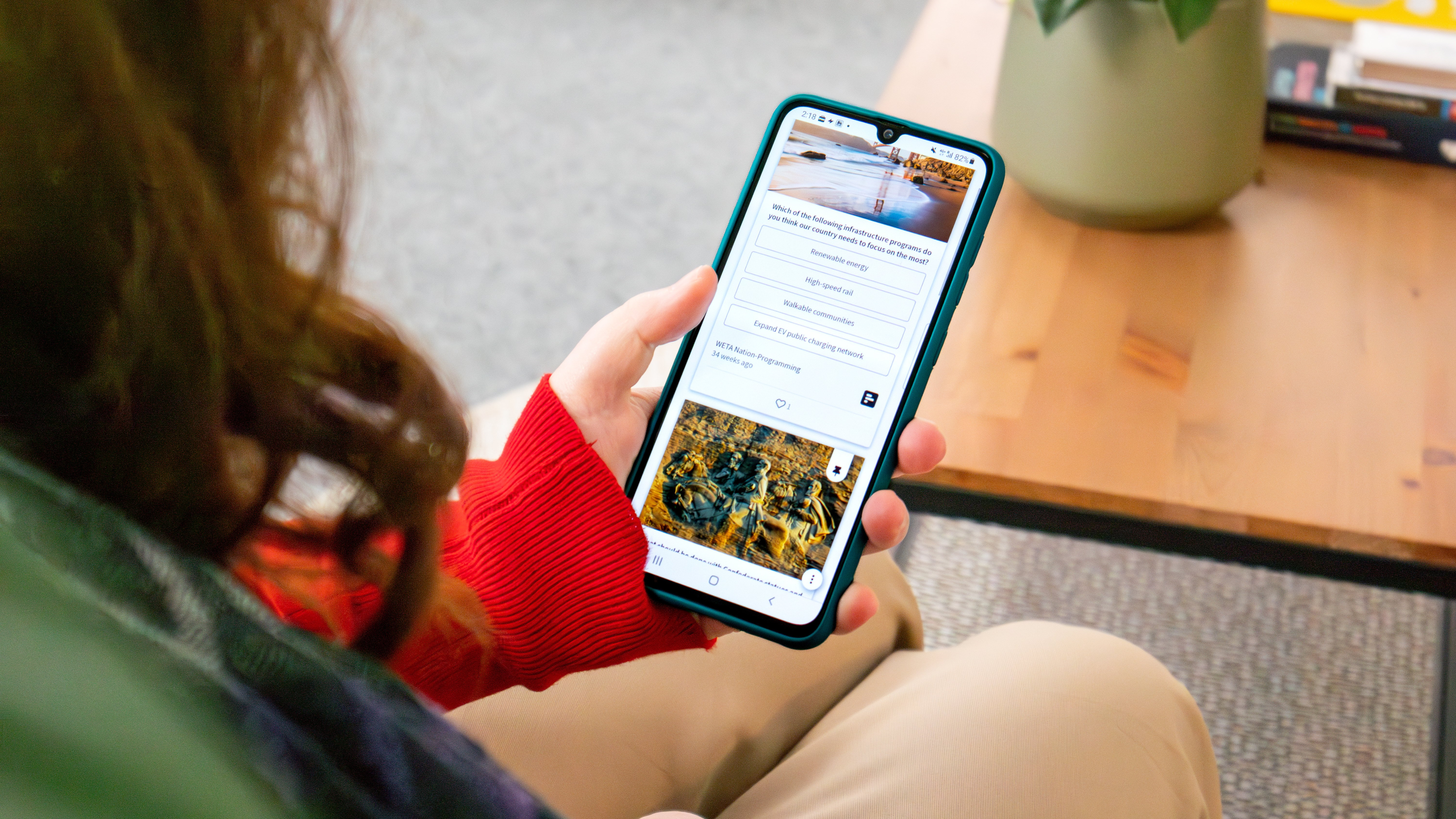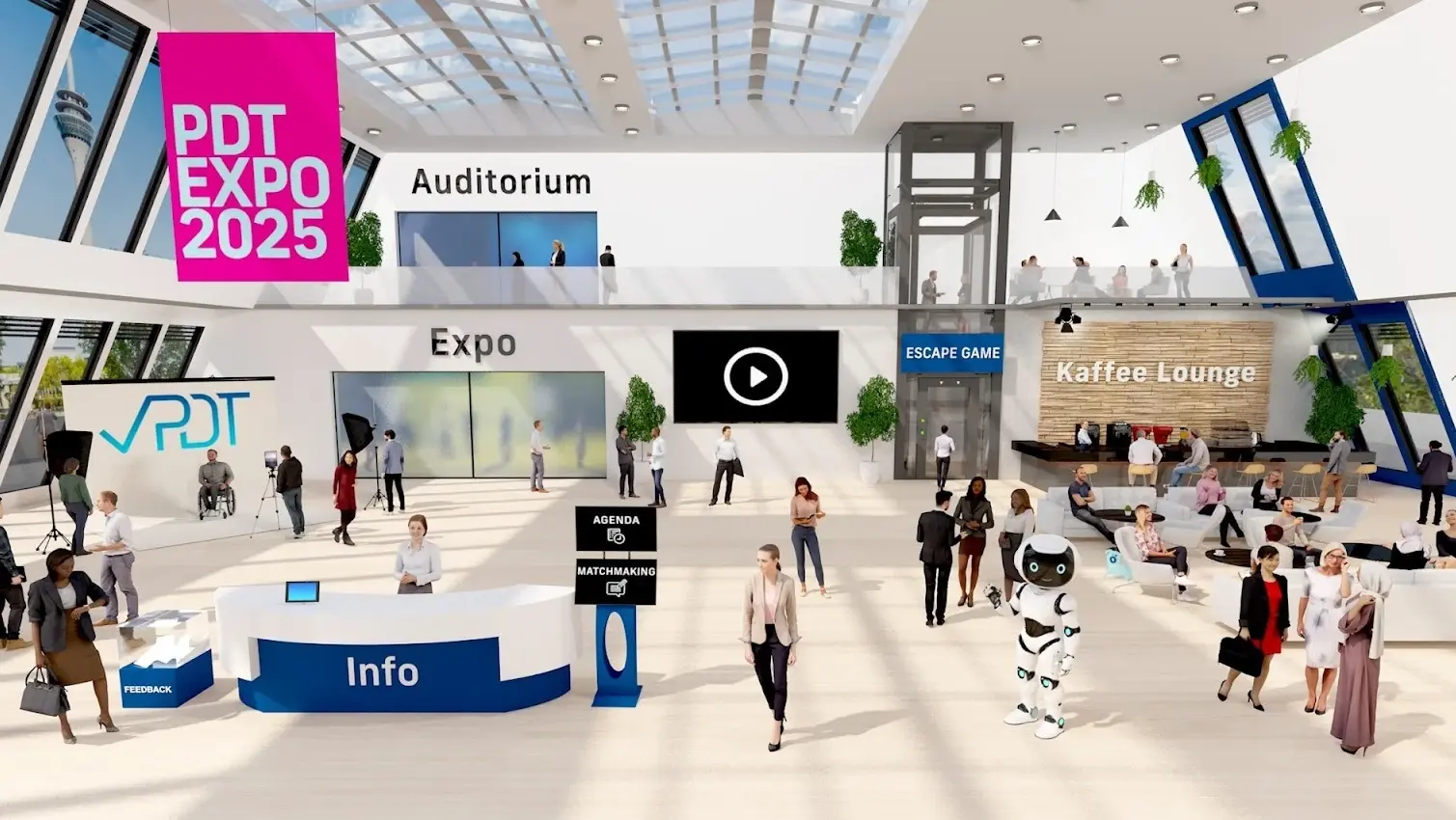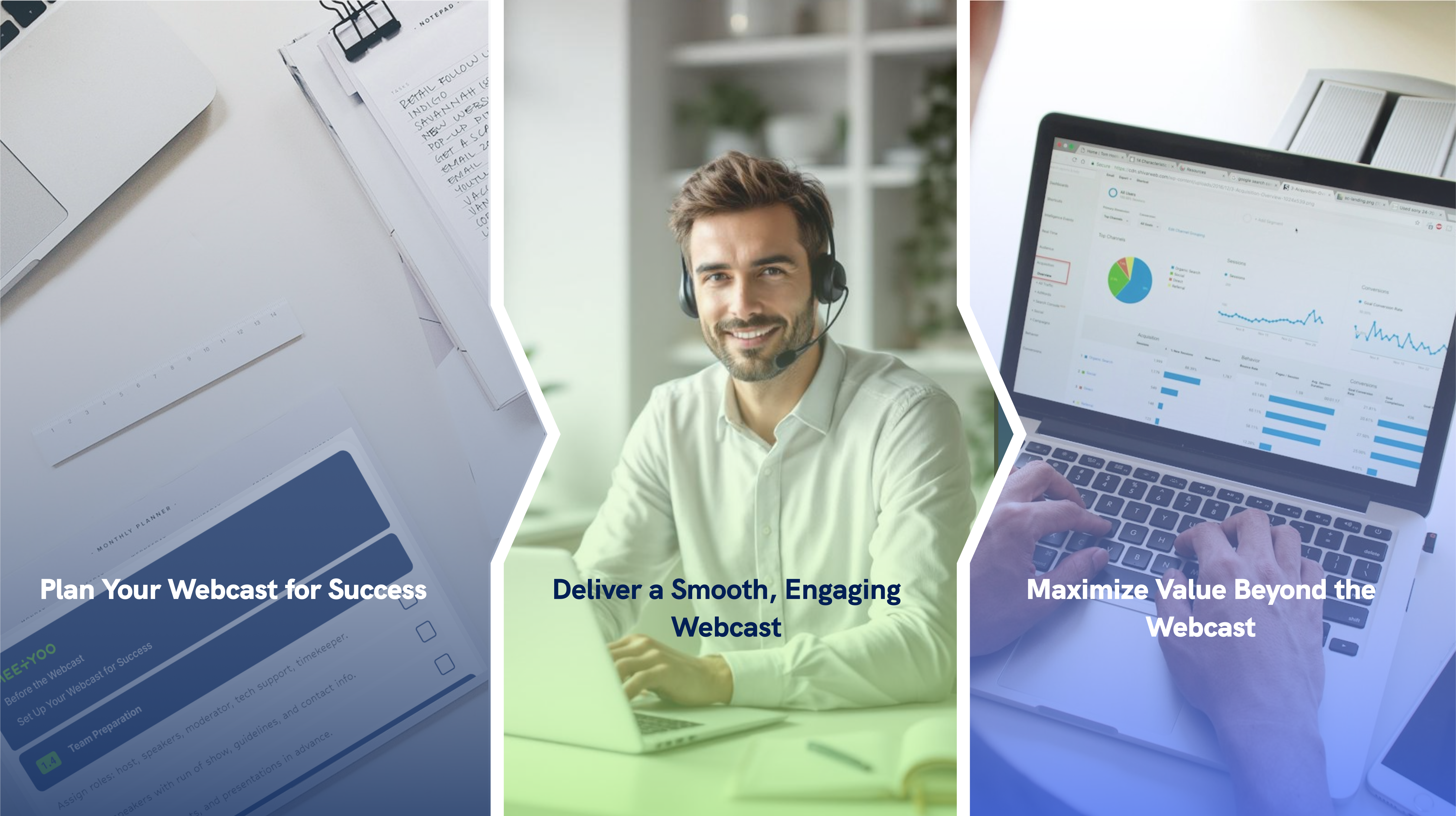The rise of virtual events has transformed the event industry and shifted audience expectations, bringing hybrid events forward. Today, attendees demand digital features, mobile-friendly experiences, and immersive activities as part of their event experience. However, this new era presents its own set of challenges - top one among them is the divide between in-person attendees and those participating virtually. How can event planners ensure that both groups are equally engaged and have the same opportunities to connect?
The solution may be simpler than you think: social media. While it may seem obvious in today’s connected world, social media is actually one of the most powerful tools to bridge the gap between audiences at hybrid events. After all, everyone is already there.
In this article, we’ll explore a few innovative ways to leverage social media to enhance attendee connections at hybrid events.
Why is social media essential for connecting hybrid event attendees?
Social media has become one of the most effective tools for connecting hybrid event audiences because it enables real-time interaction between on-site and virtual participants. Platforms like X, LinkedIn and Instagram allow attendees to engage instantly through authentic content creation, fostering a sense of connection and participation regardless of physical location. This seamless communication helps unify both audiences, making everyone feel included and involved in the event’s key moments, such as Q&A sessions and discussions.
Additionally, social media amplifies the event’s reach by allowing attendees to share content and access exclusive updates, keeping both in-person and online participants engaged. Virtual attendees can interact with event speakers, fellow attendees, and the content in real time, ensuring they feel as connected as those on-site. This dual engagement helps create a more interactive and collaborative experience, making social media a vital tool for hybrid events.
7 ways to use social media to bridge the gap between audiences
A social media strategy for an event might seem a simple task. However, a truly engaging event campaign requires more than just posting speaker announcements and a few countdowns. Here are some effective event marketing strategies to create a more inclusive experience and foster meaningful connections among your audience.
A hashtag campaign
A good event hashtag is what ties your social media campaign together, no matter what other activation points you choose to have. Creating a unique and simple hashtag for the event that attendees can use across platforms allows for easy tracking of conversations and helps both virtual and in-person attendees engage in shared discussions. Encourage participants to share content, thoughts, and photos using the hashtag on all event stages and make sure to put it front and center on all your promo materials.

Social wall integration
Use a social media wall to aggregate posts from attendees using the event hashtag and create a content hub of your event. The best practice to encourage people to post more is to display your wall prominently at the venue, as well as embedding it into your virtual or/and mobile environment. This creates a real-time showcase of shared experiences and highlights and creates an interactive platform for all attendees.
User-generated content challenges
Encourage attendees to create and share content around specific parts of your event. For example, ask them to share their selfies with branded stickers or favorite moments from the day. Make sure your challenge guidelines are designed to include both virtual and on-site audiences. Reward participants with shout-outs on brand profiles or small prizes to incentivize more engagement.
Photo booth with custom stickers
Set up a virtual photo booth, available on all devices. With it, attendees can snap photos and customize them with event-specific backgrounds, frames, or stickers. The photos can be shared on social media with the event hashtag, creating a fun and engaging way for attendees to show their participation and excitement.
Live social media Q&A sessions
Host live Q&A sessions on platforms like Instagram, LinkedIn or TikTok, where attendees can ask questions and receive real-time responses. Integrate these sessions into the event's schedule and invite keynote speakers or panelists to join the conversation.
Live Streaming behind-the-scenes content
Show the event’s behind-the-scenes moments live on social media to give virtual attendees a sense of presence and connection. For example, you can use platforms like Instagram Stories or TikTok to stream real-time updates from the venue. Interview event organizers, speakers, and even in-person attendees, allowing the audience to see the production side of the event and feel like they belong to it.

Social media takeovers by keynote speakers
Partner with event influencers, speakers, or sponsors to take over the event’s social media accounts for a day or a specific session. They can share exclusive content, conduct interviews, or give their unique perspective on the event, providing engaging content for the hybrid audience.
Final thoughts
Social media offers multiple activation points that foster connection and engagement at hybrid events, bridging the gap between virtual and in-person attendees to create a connected community.
By integrating interactive content like live Q&A sessions, polls, UGC challenges, and social media takeovers, event professionals can enhance participation and build meaningful connections across platforms.
Leveraging tools like social walls and virtual photo booths ensures that everyone feels involved, making social media a powerful way to extend the reach and impact of hybrid events.

.jpg)




